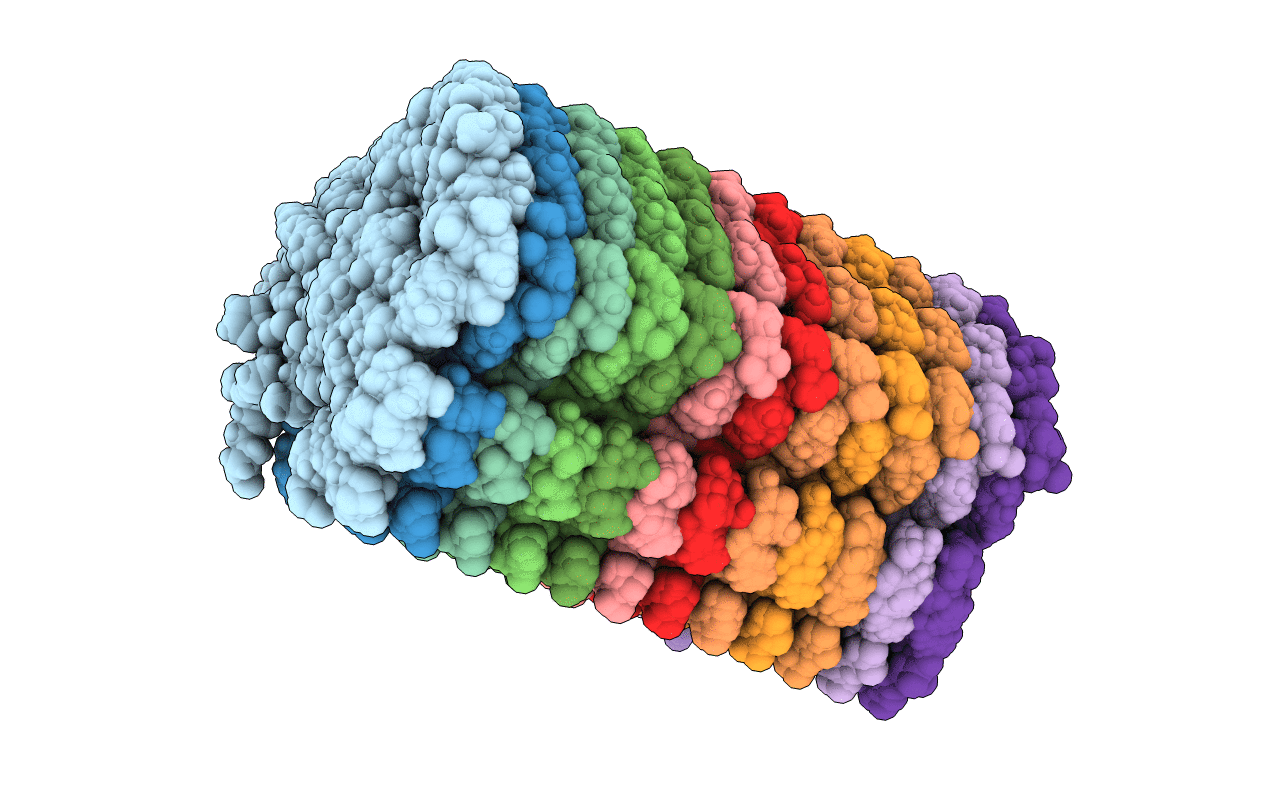
Deposition Date
2015-01-14
Release Date
2015-05-06
Last Version Date
2024-05-01
Method Details:
Experimental Method:
Conformers Calculated:
1000
Conformers Submitted:
10
Selection Criteria:
structures with the least restraint violations


